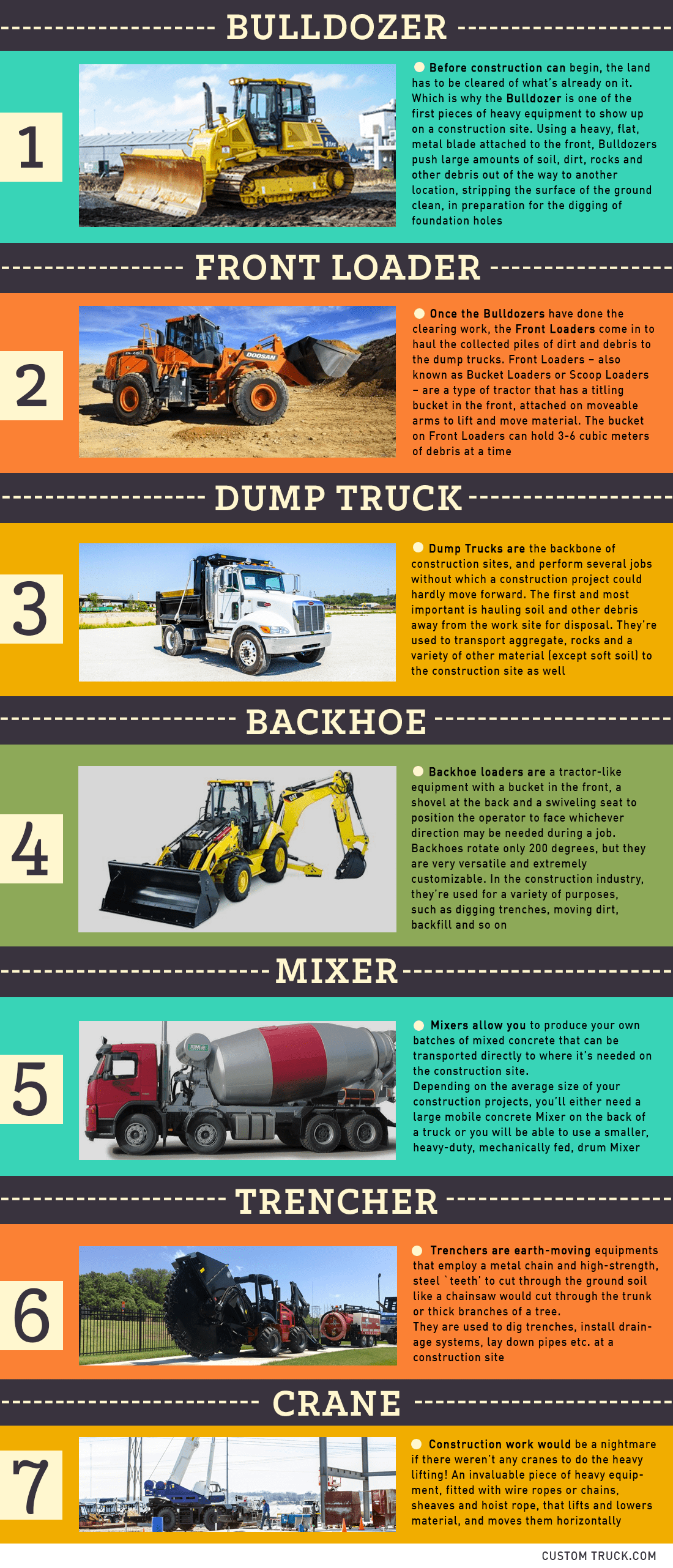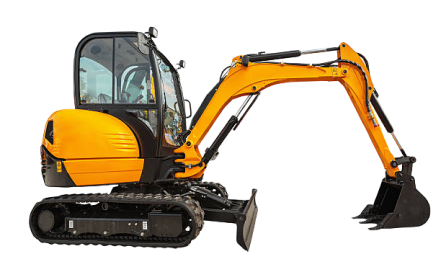Budget-friendly Boom Lift Rental Bremen, GA: Raise Your Construction Tasks
Budget-friendly Boom Lift Rental Bremen, GA: Raise Your Construction Tasks
Blog Article
The Basics Guide to Leasing Excavators for Construction Projects
Renting out excavators for construction jobs is a vital choice that demands a comprehensive understanding of numerous factors to guarantee both performance and cost-effectiveness. From selecting the proper excavator type and size to making certain and negotiating rental terms safety procedures, each action plays an essential duty in the total success of your task. Understanding these elements not only maximizes efficiency but also aids in reducing expenditures. As you take into consideration the intricacies of renting out excavators, it's necessary to grasp the subtleties that can considerably impact your project. What are these nuances, and how can they affect your building and construction outcomes?
Sorts Of Excavators
Excavators come in various kinds, each developed to perform specific jobs in building and construction jobs. The most common kind is the common excavator, likewise known as a spider excavator, which is ubiquitous on many job websites for its flexibility in trenching, material, and digging handling. These makers operate on tracks, giving stability and mobility over unequal terrain.
An additional essential version is the mini excavator, treasured for its compact dimension and agility. Perfect for small to medium-sized tasks, mini excavators stand out in confined areas where larger makers would battle. They are regularly used for landscape design, energy job, and small-scale demolition.
For tasks requiring prolonged reach, the long-reach excavator is important. Geared up with a longer boom and arm, these machines can function in areas that are hard to gain access to, such as throughout water bodies or deep excavations.
Lastly, there are specialized excavators like the suction excavator, which uses high-powered followers to vacuum up dirt and particles, making it ideal for delicate below ground utilities. The dragline excavator, an additional specialized type, is usually utilized in large-scale civil design jobs like canal dredging and mining as a result of its ability to lift heavy lots over cross countries.
Choosing the Right Size
Selecting the suitable dimension of an excavator is crucial for the effectiveness and success of any type of building and construction project. The size affects not only the maker's capacity to deal with details tasks however additionally the operational prices and website ease of access. Excavators can be found in various dimensions, from portable devices suitable for small-scale domestic jobs to huge equipments designed for substantial business or commercial endeavors.
Understanding the scope of the job is essential when making a decision on the excavator dimension. For constrained tasks or areas needing precision, such as trenching for utility lines, a miniature or small excavator is optimal. These makers provide dexterity and convenience of ability to move without compromising on power. On the other hand, large-scale earthmoving procedures, like road construction or huge foundation digs, necessitate making use of common or huge excavators. These versions use improved reach, greater container capability, and exceptional digging force.
Think about the site's surface and accessibility factors too. Bigger excavators might deal with obstacles in limited or uneven areas, making smaller sized models a lot more practical. By completely examining these aspects, building managers can ensure they choose an excavator dimension that optimizes performance and minimizes task delays.
Rental Contract Basics

Just as important is the thorough break down of expenses. This consists of the day-to-day, once a week, or month-to-month rental rates, and any extra charges such as fuel, cleansing, or shipment costs. It's advisable to ask about potential charges for late returns or damages to prevent unanticipated expenses.
The condition of the excavator at the time of rental ought to likewise be well-documented. Make sure the arrangement consists of an extensive inspection report that notes any pre-existing damage. This safeguards you from obligation for problems that were existing before your rental period began.
Insurance coverage is another you can look here vital aspect. Verify whether the rental firm gives insurance or if you need to safeguard your very own plan. Understand the terms for equipment maintenance and repair work. Knowing your responsibilities for maintenance during the rental period will certainly assist maintain the excavator in ideal functioning problem, minimizing downtime and boosting job performance.
Maintenance and Safety And Security Tips
When taking care of excavators on a construction site, sticking to correct maintenance and safety protocols is critical for making certain both functional effectiveness and worker safety. Lubricating moving parts and guaranteeing fluid levels are optimal can avoid expensive downtime and prolong the maker's operational lifespan.
Operators ought to be thoroughly educated and accredited to handle excavators, recognizing the maker's limitations and controls. It's important to conduct day-to-day assessments, focusing on safety attributes such as alarms, seat belts, and emergency shutoff changes.
Implementing a durable maintenance timetable and promoting a culture of safety can alleviate risks considerably. Always speak with the supplier's guidebook for certain upkeep intervals and safety standards. By focusing on these aspects, construction jobs can continue efficiently, minimizing disturbances and making sure a safe working environment for all employees included.
Cost-Saving Strategies
Effective cost-saving strategies are vital for making the most of the roi when renting out excavators for building tasks. One crucial strategy is to carry out a comprehensive requirements evaluation before service. Recognizing the particular needs of your job helps in picking the right kind and size of excavator, loader equipment stopping unnecessary expenditures on extremely specific or oversized tools.
Another essential approach is to negotiate rental terms. Many rental firms supply versatile pricing frameworks, particularly for long-lasting rentals. Developing a great partnership with the rental copyright can also cause commitment discount rates and better terms. In addition, reserving beforehand can sometimes safeguard lower prices compared to final leasings.
Lastly, take into consideration the total expense of possession, including gas, insurance policy, and transport. Bundling these services with the rental contract can often lead to an extra favorable overall bundle. By applying these strategies, construction jobs can accomplish substantial price performances while ensuring operational efficiency.
Verdict
In conclusion, the critical choice and service of excavators for construction projects demand a thorough understanding of excavator kinds, proper sizing, and the complexities of rental agreements. Applying cost-saving techniques through meticulous preparation and settlement can further improve project performance while managing expenditures.
From choosing the appropriate excavator kind and size to guaranteeing and negotiating rental terms safety and security procedures, each action plays a critical duty in the overall success of your job. scissor lift rental Bremen GA. The most usual kind is the typical excavator, likewise recognized as a crawler excavator, which is ubiquitous on the majority of job sites for its convenience in digging, trenching, and material handling. By thoroughly reviewing these factors, building supervisors can guarantee they pick an excavator weblink size that enhances efficiency and minimizes project hold-ups

Knowing your duties for upkeep throughout the rental period will help keep the excavator in optimal working problem, decreasing downtime and boosting task performance.
In verdict, the critical option and service of excavators for building jobs necessitate a complete understanding of excavator kinds, suitable sizing, and the complexities of rental agreements.
Report this page